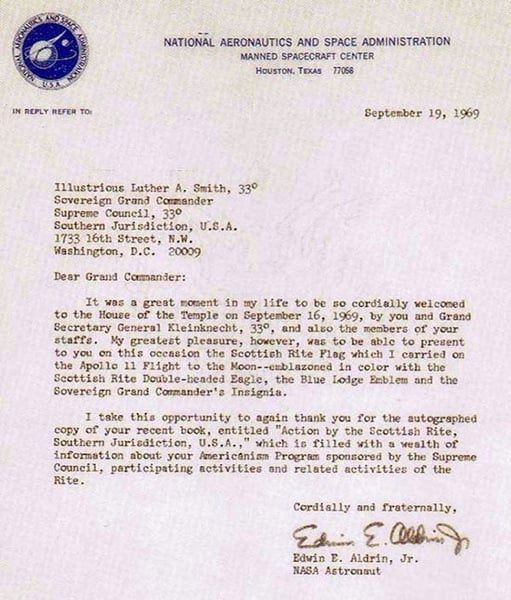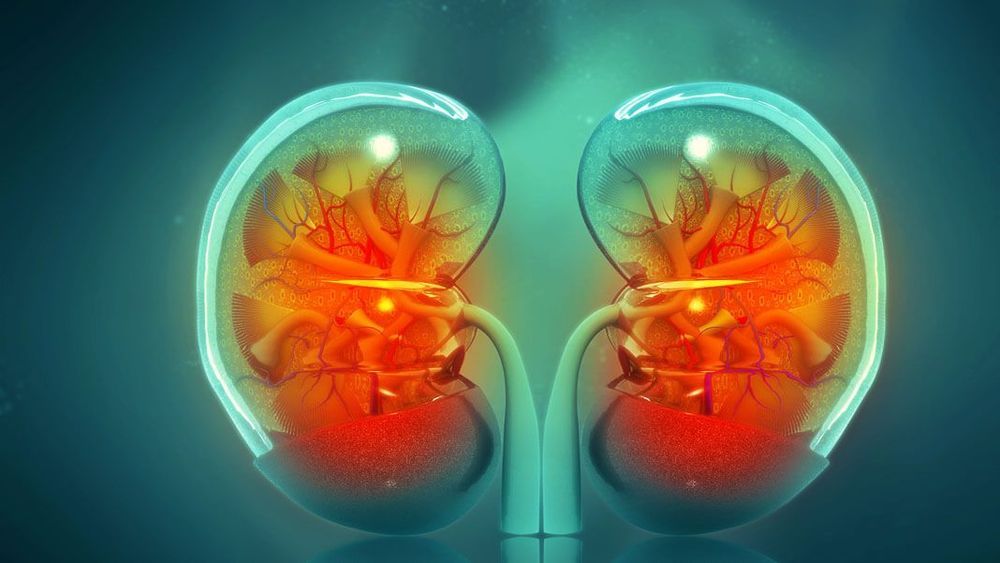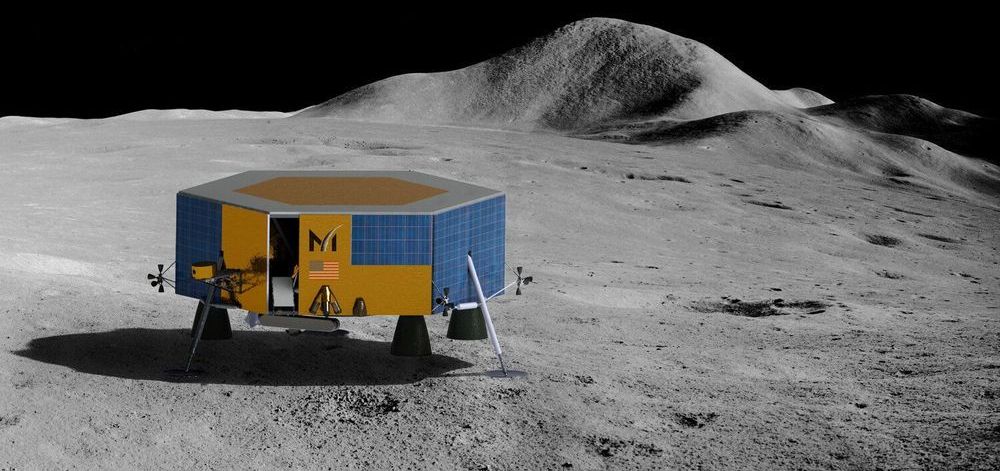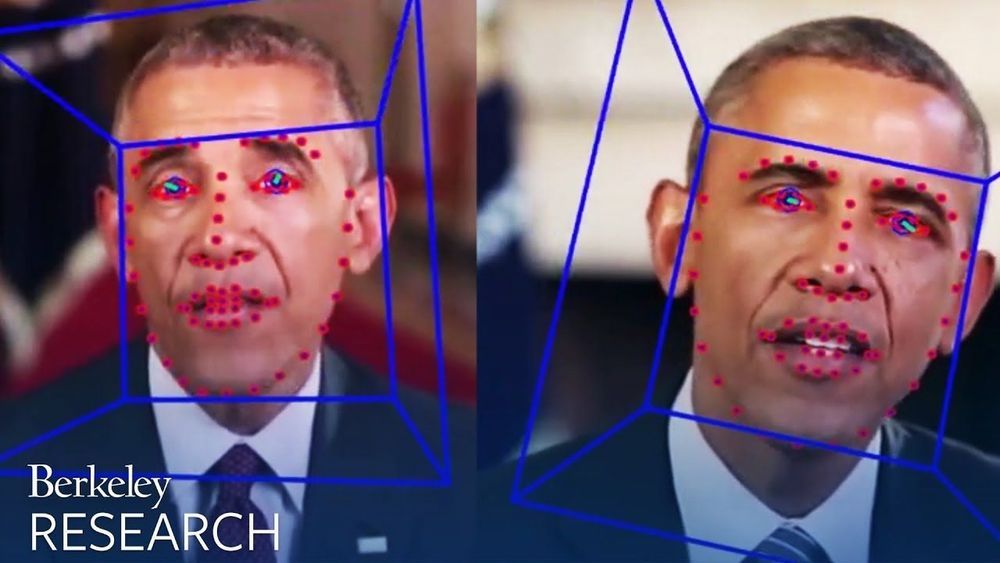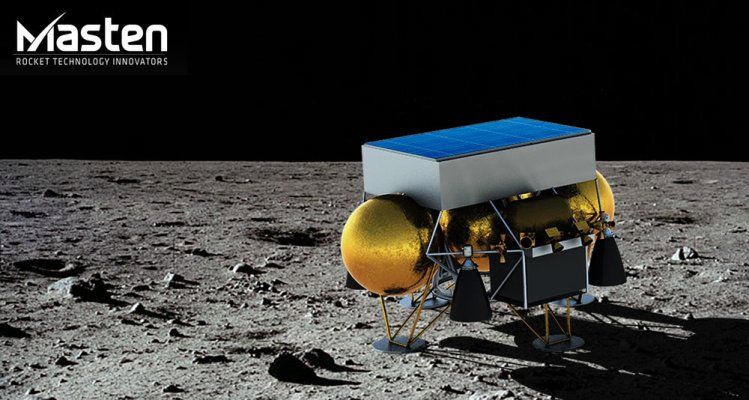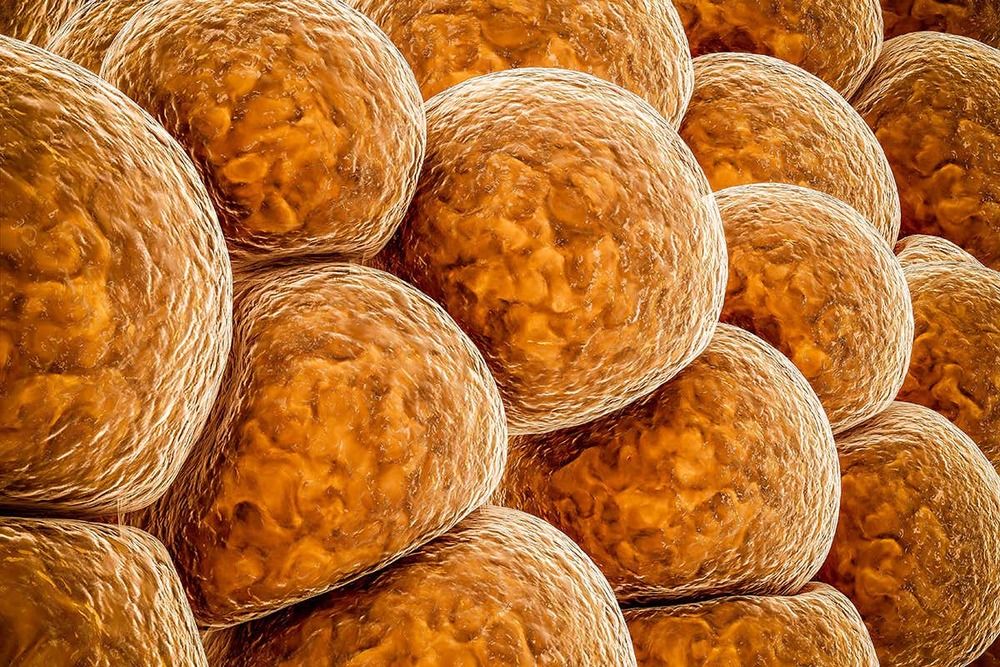The Freedom of Information Act process is filled with lots of bureaucratic red tape, however, I feel confident that the #FOIA will be fruitful for declassified information properly vetted for the public first by Uncle Sam. Thanks to the fine folks at NASA — National Aeronautics and Space Administration.
Our kidneys are crucial for keeping us alive and healthy. A sort of chemical computer that keeps our blood chemistry stable—whether we’re eating a sugary birthday cake or a vitamin-filled salad—they prevent waste buildup, stabilize our electrolyte levels, and produce hormones to regulate our blood pressure and make red blood cells.
Kidneys clean our blood using nephrons, which are essentially filters that let fluid and waste products through while blocking blood cells, proteins, and minerals. The latter get reintegrated into the blood, and the former leave the body in urine.
Scientists have struggled to come up with viable treatments for kidney disease and renal failure, and their complexity means kidneys are incredibly hard to synthetically recreate; each kidney contains around one million intricately-structured nephrons.
The business part of the expo is interesting as well. Army-2020 includes a record number of participating defense companies, which are showcasing over 28,000 products. The Russian Defense Ministry announced it has 39 contracts worth $15.6 billion ready to be signed during the forum. Participants are hunting for other potential buyers.
Army-2020, the annual defense expo where Russian arms producers show their gear to foreign clients and visitors, has started. Contracts worth billions are expected to be inked between tank races and other entertainment.
The week-long expo was launched on Sunday with a ceremony, but only opened to the general public on Monday. The forum is happening at Patriot Park near the Russian capital. A record number of journalists – over 750 – are covering the event.
Masten Space Systems announced today that it has selected to launch Masten Mission One (MM1). As part of MM1, Masten’s lunar lander will deliver nine NASA-sponsored science and technology demonstration experiments and several commercial payloads to the lunar south pole.
MOJAVE, Calif. – August 26, 2020 – Masten Space Systems announced today that it has selected to launch Masten Mission One (MM1). As part of MM1, Masten’s lunar lander will deliver nine NASA-sponsored science and technology demonstration experiments and several commercial payloads to the lunar south pole.
“Having’s proven launch success behind us is not only great for us, but it’s great for our customers,” said Masten chief executive officer, Sean Mahoney. “We share a common vision with and that makes this more than a partnership. It’s more like a dream team.”
An Artificial Intelligence (AI) produced DeepFake video could show Donald Trump saying or doing something extremely outrageous and inflammatory – just imagine that! Crazy I know, and some people might find it believable and in a worst case scenario it might sway an election, trigger violence in the streets, or spark an international armed conflict.
WHY THIS MATTERS IN BRIEF We are now locked in a war as nefarious actors find new ways to weaponsise deepfakes and fake news, and defenders try to figure out how to discover and flag it. Interested in the Exponential Future? Connect, download a free E-Book, watch a keynote, or browse my.
British scientists have discovered that an active ingredient found in insect repellent can kill COVID-19, according to a report.
Researchers at the UK’s Defense Science and Technology Laboratory determined that Citriodiol can help fight coronavirus in a preliminary study, Sky News reported.
Insect repellents containing Citriodiol are not believed to be enough alone to protect people from the virus but can be used as an additional layer of defense along with face masks, hand washing and other health recommendations, according to the report.
Dr. Shigeaki Hinohara had an extraordinary life for many reasons. For starters, the Japanese physician and longevity expert lived until the age of 105.
When he died, in 2017, Hinohara was chairman emeritus of St. Luke’s International University and honorary president of St. Luke’s International Hospital, both in Tokyo.
Perhaps best known for his book, “Living Long, Living Good,” Hinohara offered advice that helped make Japan the world leader in longevity. Some were fairly intuitive points, while others were less obvious:
SpaceX has secured a contract to act as the launch partner for Masten Space Systems, one of the companies awarded a NASA launch contract under that agency’s Commercial Lunar Payload Services (CLPS) program. Masten’s first lunar mission is set to take place in 2022 if all goes to plan, and will take the company’s XL-1 lunar lander to the south pole of the moon with NASA payloads on board, including scientific experimentation instruments, as well as cargo from commercial passengers.
NASA’s CLPS program is part of its broader efforts to expand partnerships with commercial space companies in order to ultimately lower its costs by sharing providers with other customers from private industry and commercial ventures. It’s also a key staging component for NASA’s Artemis program, which ultimately aims to put the first American woman and the next American man on the surface of the moon by 2024.
The science equipment on Masten’s lander will help the agency study the lunar south pole by gathering key data about the area. NASA’s Artemis III mission will aim to land in the same part of the moon’s surface, and CLPS landers will help it to be informed about the conditions and prepared with resources left in place by some of the uncrewed landers.
YouTube says it took down a record number of videos in the second quarter of this year due to an increased use of AI in its content review efforts.
In total, 10.85 million of the 11.4 million videos removed from the platform between April and June were flagged by automated systems, according to YouTube‘s latest Community Guidelines Enforcement Report.
AI played an even bigger role in the removal of user comments. Of the 2.1 million comments taken down, 99.2% were detected by automated systems.
White fat cells can be turned into energy-burning brown fat using CRISPR gene-editing technology. These engineered cells have helped mice avoid weight gain and diabetes when on a high-fat diet, and could eventually be used to treat obesity-related disorders, say the researchers behind the work.
Human adults have plenty of white fat, the cells filled with lipid that make up fatty deposits. But we have much smaller reserves of brown fat cells, which burn energy as well as storing it. People typically lose brown fat as they age or put on weight. While brown fat seems to be stimulated when we are exposed to cold temperatures, there are no established methods of building up brown fat in the body.
